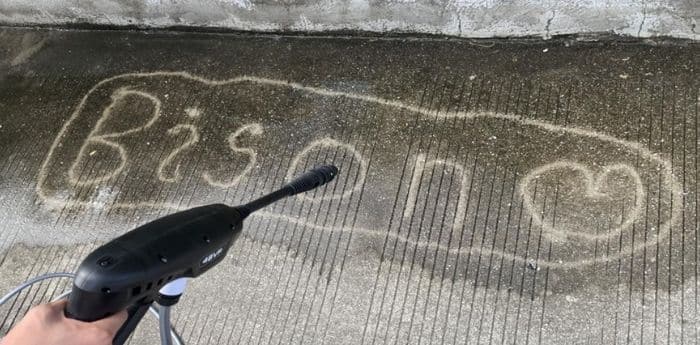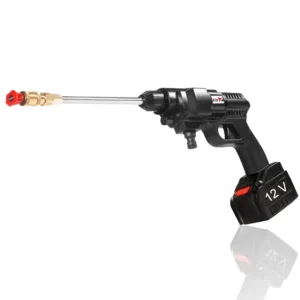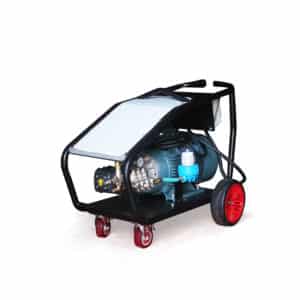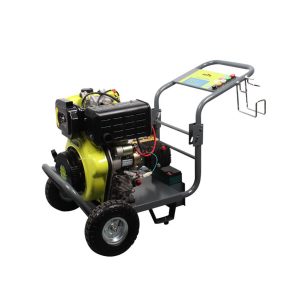
BISON Santy
Hello, I am Santy, the funder of bisonclean.com. I have been in cleaning machinery field for more than 5 years now, and the purpose of this article is to share with you the knowledge related to pressure washer from a Chinese supplier's perspective.
Table of Contents
As winter approaches, winterization maintenance and storage to protect your pressure washer from freezing temperatures should be on your agenda. Cold weather can cause any moisture trapped in the pressure washer to freeze, expand, and possibly rupture valves and seals. This damage can be irreversible; it can lead to expensive repairs or even require complete replacement of the equipment.
If your devices will be in storage for more than 30 days and you want to know how to protect them from the elements and long periods of inactivity, keep reading. This guide, BISON, will walk you through the process of winterizing and properly storing your pressure washer during the cold season. This will save you hundreds or even thousands in potential repair costs and will also ensure that your pressure washer remains in optimal operating condition for years to come.
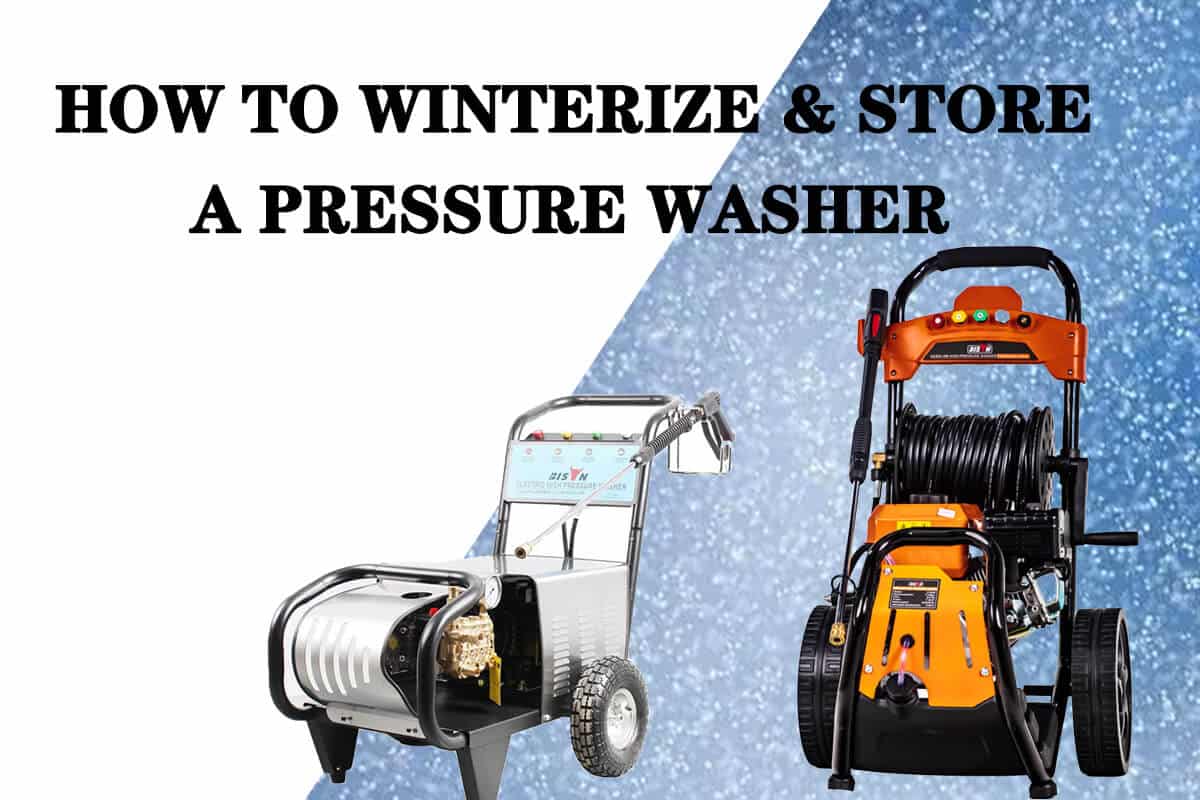
Why your pressure washer needs winterization
Pressure washers are easily affected by cold air. Even if you keep them in a garage, shed, or shop over the winter, there is still a chance that they will get damaged.
- Prevention of structural damage: When water freezes inside a pressure washer, it expands by about 9% in volume. This can cause internal damage, rupturing hoses, pumps, and other components.
- Lubricant issues: Cold weather can cause lubricants to thicken and lose their lubricating effectiveness.
- Increased repair costs: Some manufacturers may void their warranty if damage occurs due to improper winterization.
Therefore, BISON believes that it is very necessary to perform winter antifreeze maintenance on the pressure washer. Not only is winterization much cheaper than repairing or replacing components, but it can significantly extend the life of your pressure washer and allow it to run at optimal efficiency, saving time and effort during use.
Steps on how to winterize a pressure washer
1. Preparation before winterizing
First, read the manufacturer’s user manual carefully for specific instructions, then collect the materials needed for the winterizing process, such as pump protectant/antifreeze, engine fuel stabilizer, 5-gallon container for draining, clean rags and safety protection tools, etc. And, a visual inspection of all components is conducted.
2. Thoroughly clean the pressure washer
- Remove all accessories from the pressure washer, such as nozzles, wands, and spray guns.
- Clean the detergent tank and system, and flush the system with clean water.
- Clear any debris from the filter and screen
- Clean the outside of the machine thoroughly
3. Fuel system winterization
Gasoline is at risk of spoiling if left for a long time, and the same is true for diesel, but the risk is relatively small.
Drain all fuel from the pressure washer. Alternatively, add a fuel stabilizer to the tank according to the specifications in the user manual, and then start the engine to distribute the stabilizer evenly throughout the fuel system. Let the engine run for 2-3 minutes to circulate the treated fuel and clean the carburetor. Clean or replace the fuel filter if necessary.
4. Water system drainage
Do not leave any liquids or cleaning solutions in the plumbing or tank. Disconnect all water supply hoses, run the machine briefly at low pressure to remove any remaining water, and let the system drain completely. Even after draining, a small amount of liquid will remain in the pipe system. The remaining liquid can be blown out with an air compressor.
5. Pump system protection
Disconnect the inlet and outlet connections. Start applying the pump protector/antifreeze by first connecting a short garden hose to the pump inlet and placing the other end of the hose in the antifreeze container. Start the machine and run until antifreeze appears at the outlet. The application is complete after the antifreeze appears for 30 seconds. All ports should then be sealed to prevent cold temperatures, mineral deposits, and contamination. Finally, don’t forget to apply lubricant to O-rings and moving parts.
Note: If your pump is a battery-powered system, disconnect it to reduce the chance of completely draining the battery.
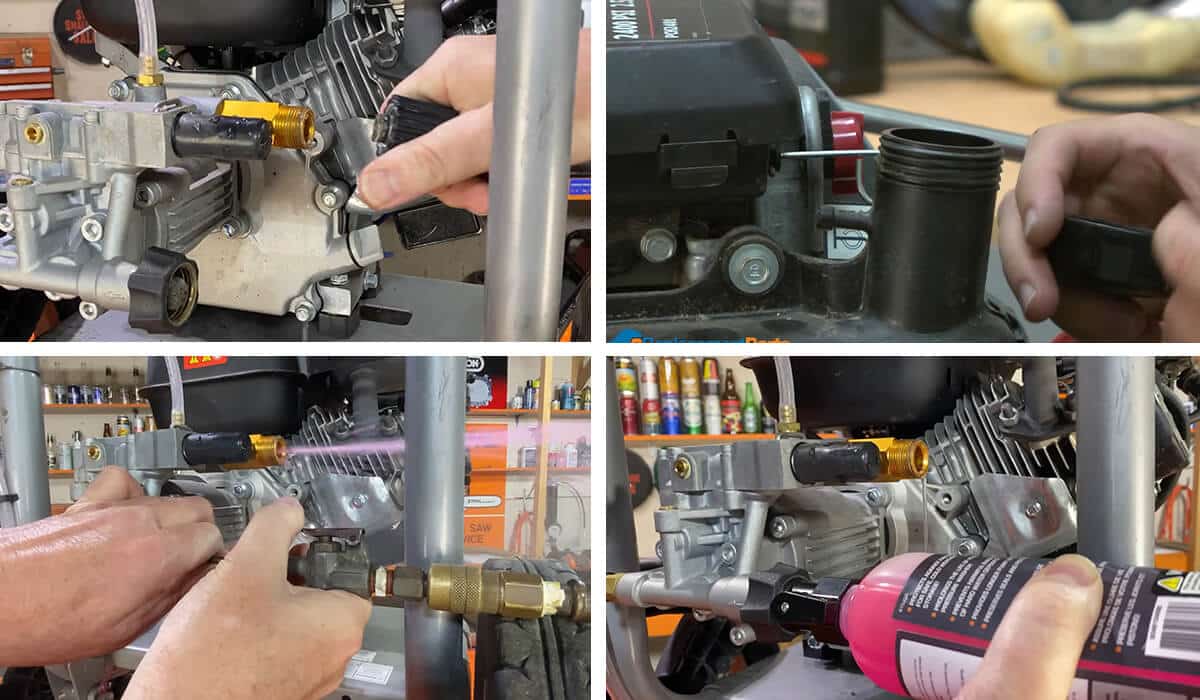
How to store a pressure washer correctly
1. Storage location selection
- Indoor storage (preferred): Choose a dry, climate-controlled (ideally 40-80°F), well-ventilated room to store your pressure washer. This can be a garage, shed, basement, or any space that will not be exposed to freezing temperatures or high humidity and is placed away from heat sources and electrical outlets. Remember, storing in an unheated shed does not protect your pressure washer from freezing. It is best to store it in a room that has been treated for cold weather.
- Outdoor storage: BISON reminds you not to leave it outdoors where the weather may affect it. If necessary, choose an elevated platform, a protected area under the eaves, or a corner that is sheltered from the wind. Remember to prevent contact with the ground or excessive moisture in the area.
2. Protective cover
Purchasing a protective cover is a prudent decision. Using a breathable, moisture-proof protective cover helps protect the machine from dust, moisture, and other potential damage. Please choose the right size to completely cover the pressure washer. Remember that plastic covers that condense water vapor cannot replace protective covers.
3. Accessory organization
Accessories removed from the pressure washer should also be carefully stored. Such as clearly marking components, properly coiling hoses, and storing other accessories such as nozzles, extension poles, and quick-connect accessories separately.
Conclusion
Don’t wait for the first frost warning – take action now to protect your pressure washer. BISON believes that by following these basic steps above (such as flushing the system, using pump protection fluid, and keeping it in a safe place), you have learned how to winterize and store a pressure washer. This is a very cost-effective action. Just a few hours of winterization preparation can save you expensive repair costs and greatly extend the life of your pressure washer.
For dealers seeking reliable pressure washers, BISON is a reputable pressure washer manufacturer and supplier in China. Our pressure washers have excellent performance and durability. If you need a batch of pressure washers that can adapt to harsh environments, please contact BISON immediately. Choose BISON – choose with confidence, experienced sales staff will serve you all the way, from product manufacturing to product after-sales.
FAQs About Winterize & Store A Pressure Washer
- Check all fluid levels (oil, fuel), inspect hoses and connections for cracks, and ensure that all components are free of debris or insect infestation. Then perform a system test
- Connect the water supply and perform a low-pressure test run, gradually increasing the pressure while monitoring performance and verifying that all safety mechanisms are operating properly.
- Check filters and nozzles, test unloading valves, check pump seals, and record pressure readings.
- Inspect the exterior, lubricate moving parts, verify that belt tension is correct, and update the maintenance log to record the operations performed.
- Normal operation pressure washer is put into cleaning work.
You might also enjoy
Questions?
Contact Us Today.
Related Products
Find more?
Related Posts

How to clean pool tiles with a pressure washer
This comprehensive guide will walk you through the steps to restore your pool tile to its original glory using a pressure washer.

How pressure washing can help with oil field cleaning
This article will show how pressure washing can provide a cleaning solution for the oilfield industry and explore its benefits and applications.
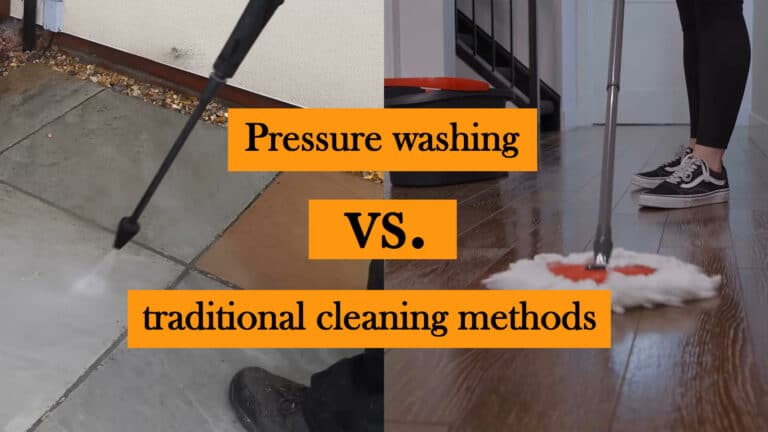
Pressure washing vs. traditional cleaning methods
In this article, BISON will take an in-depth comparison of pressure washing vs. traditional cleaning methods to highlight their pros and cons.
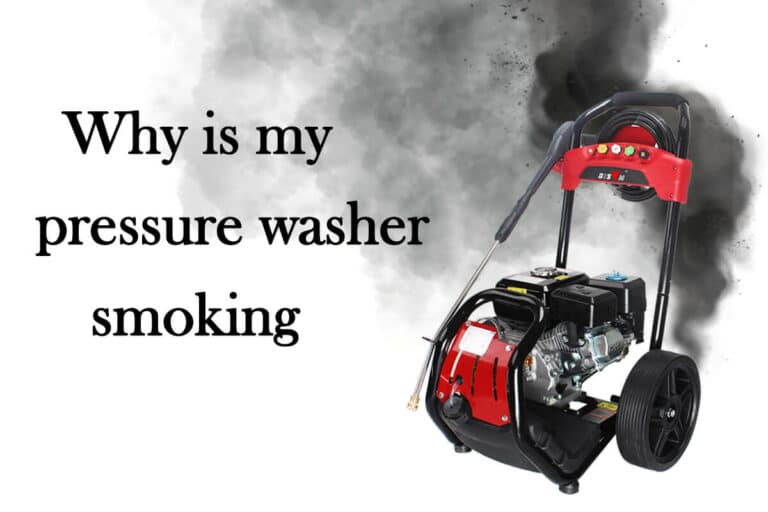
Why is my pressure washer smoking
This blog will help you understand the common reasons why your pressure washer may smoke. In the end, you’ll learn what the smoke could mean

